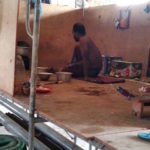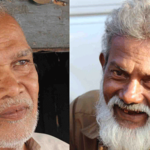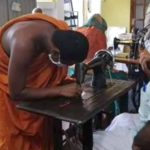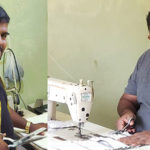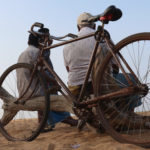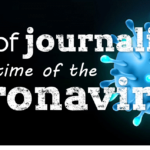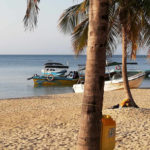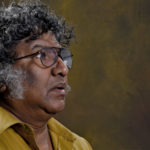Ethnic and Religious Differences:
The seriousness of the problem can be reduced by the public!
“We focus our attention on preventing conflict where it occurs. Our aim is to bring about harmony between races,” says Renuka Maliyagoda of the Kandy Inter Religious Committee
The Kandy District Inter Religious Committee, which has been working in this regard since 2016, has been specially engaged in field work in Digana incident.
In the anti-Muslim riot in Digana on March 6th last year saw two people were killed, 28 injured, and 445 houses and business places damaged, in addition to 24 mosquesn and 65 vehicles which were also attacked and damaged.
“The violence began on March 3rd and continued for 7 days. After this, we, the Sinhalese, were able to offer consolation to the affected Muslims. We think this is the first step towards reconciliation,” said Secretary Renuka Maliyagoda.
Fact-Finding Mission
The Secretary points out that the Kandy District Inter Religious Committee completed two tasks after the incident.
To eradicate ethnic violence in Sri Lanka, the Kandy District’s Inter Religious Committee says that it had formed two commissions – a Citizens’ Commissions to seek public consultation and a Fact-Finding Committee which focused on identifying background information and facts surrounding the Kandy incident, and it too has found strategies to prevent the recurrence of such clashes.
“We received information on the same day the incident took place. Many were ready to work with us and provided information. However, we were unable to respond immediately, as we were unarmed. Afterwards, we tried to make the government realize the seriousness of the issue. The armed forces who were supposed to provide security stood by, being mere spectators which aggravated the situation. As one of the witnesses noted, ‘the army that came to extinguish the fire went away saying that there was no water, drew some distance away and pumped the water onto the streets. I saw this with my own eyes”. We could not do anything immediately due this. Many others testified that in some areas, the security forces made no attempt to quell the riot, and they were just onlookers. It is noteworthy that these witnesses included people of all races and religions.”
The truth must be recovered but this doesn’t mean that that the perpetrators should be promptly punished. The public must be kept informed of arrangements so that such issues do not recur. The members of the Kandy District Inter Religious Committee formed the fact-finding group comprising members from the general public. These include intellectuals, professionals and entrepreneurs. It is healthy to bring together those public figures to deal with conflicts within the community. It’s a great thing they have done.
“After the Digana incident, we visited the victims of the riots and consoled them. Then we set up a fact-finding commission. There were oppositions to this. However we did not back down from our effort. We invited the people to three mosques located in the Digana and Katugastota areas and carried out the task of finding the truth. Victims came and testified to the Commission. A team of lawyers recorded their statements. We also had consultations with people on their personal and religious rights,” Renuka said.
“Further, we produced a report through the commission. It is the only acceptable report among other documents regarding the Digana riots,” says Jayaweera, the Coordinator of the group. Accordingly, the Kandy District Inter Religious Committee found that the attacks on the Muslim population was a planned and deliberate attack.
“The attackers were not from the area. There are fundamentalists working in this country. They had carried out the attacks with their cooperation. We mean this was a criminal act. This was a crime against people, against property, against society and against religion. These are anti-communal activities. This is a deliberate crime,” says Gamini Jayaweera.
The task of such committees was to make the matter clear to the community and to encourage the community to co-exist. The role of the media in these sordid conflicts is immense. They should have been responsible media. At the same time social media too is spewing and exacerbating the problem. Due to this, the government’s response is to immediately clamp down on social media. Social media can contribute a great deal in finding the truth.
“After our records of testimonies, people realized that this was a deliberate crime and that it had been carried out by racist and religious organizations. After the publication of our report, the truth was realized by all. Through the Cultural Center located in the Digana area, we provided people with guidance and giving them advice on ethnic harmony and coexistence.
“We have set up a Public Consultation Commission and sought public comments and suggestions on what we can do to prevent racism in the country again. We also called several journalists, religious leaders, and other intellectuals to hear their opinions as well,” says Gamini Jayaweera.
The way people coming together to solve their problems and discuss issues is a welcome sign that a healthy society is being built.
After the incident, the Kandy District Inter Religious Committee, which worked to unite people in various ways, also held cultural events.
“We held some sports, art and cultural events through women’s organizations and brought people together. Through this, we were able to link the Temples and Mosques and were able to make sense of reality. Through this, 80 percent of the people were able to feel communal and religious harmony, though not 100 percent,” says Renuka.

